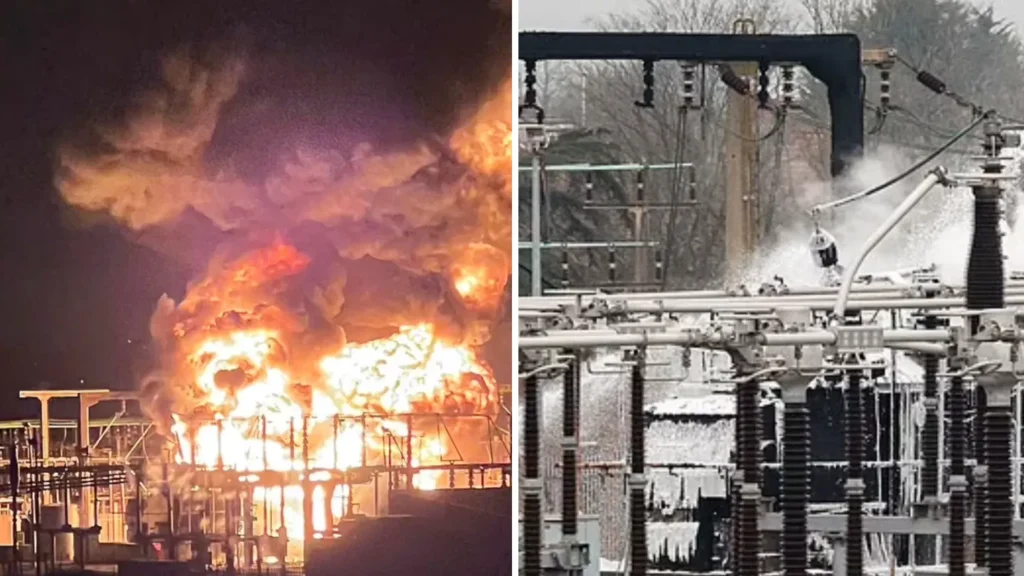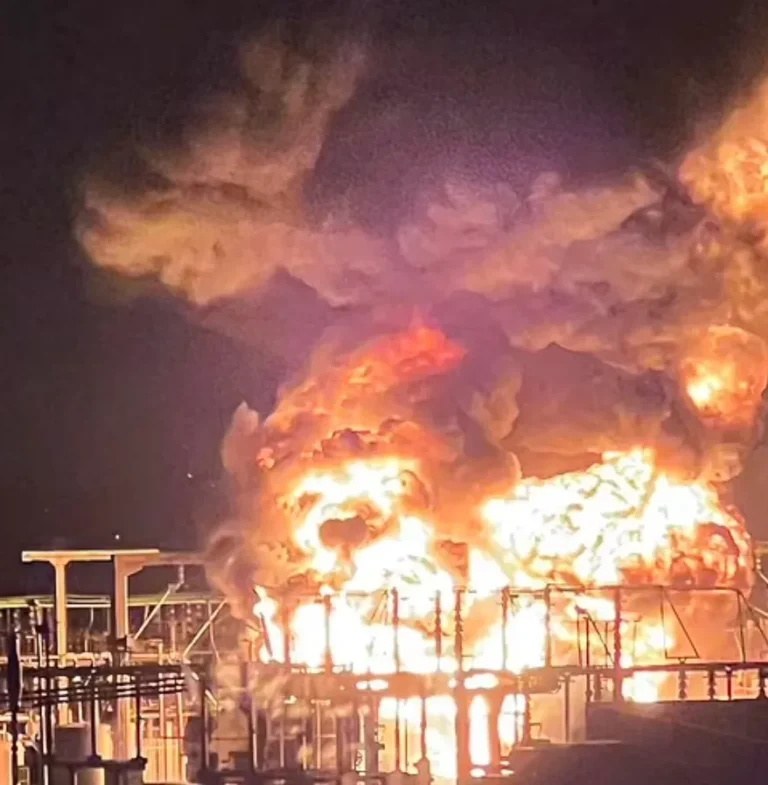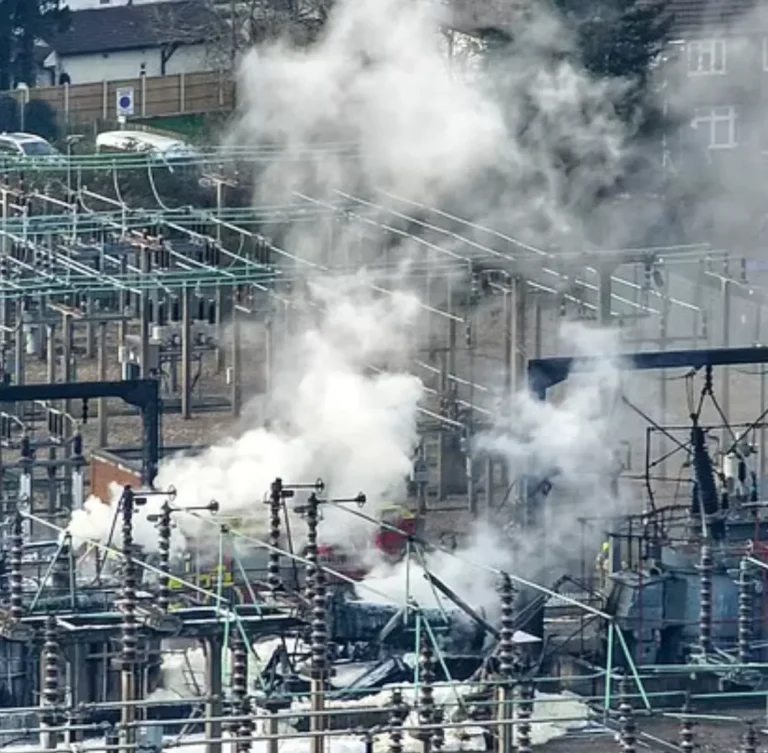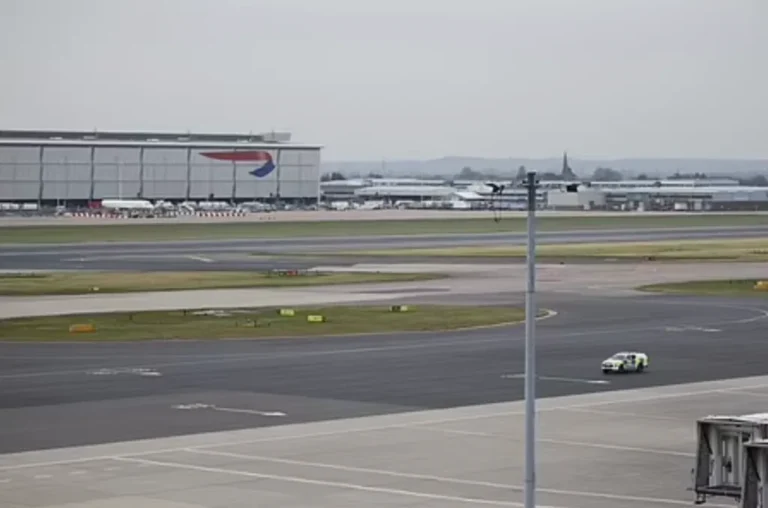
cover 30
Travelers across the globe faced significant disruptions as Heathrow Airport was forced to halt operations, triggering widespread flight delays.
Thousands of passengers are now grounded as major airlines scramble to restore normal service and adjust schedules.
The disruption stemmed from a fire at an electrical substation in Hayes, West London, late Thursday night, located less than two miles from Heathrow.
Emergency crews responded swiftly as plumes of smoke billowed into the sky, visible from miles away. Firefighters eventually contained the blaze, prompting officials to evacuate nearby areas and establish a 200-meter safety perimeter.
The damage from the fire proved irreversible, as the London Fire Brigade eventually extinguished the flames, but not before Heathrow Airport experienced a total power outage.
Fire crews also advised nearby residents to stay indoors and keep windows closed due to the heavy smoke, which created significant air pollution in the surrounding area.
The power failure affected more than 16,000 homes throughout West London which significantly increased the operational crisis.
Sheathing power outages led to total interruptions of Heathrow rail connections that included both Heathrow Express and Elizabeth Line services.
Chaotic scenes unfolded inside the terminal, with passengers resting on the floor, some in tears, and many desperately searching for ways to get home.
Just hours after the blackout, aviation consultant John Strickland compared the disruption to major past travel crises, noting that “planes were being turned back and grounded.”
Officials announced Heathrow would remain closed until at least midnight Friday, ordering airlines to halt all operations.
Cirium data indicated that more than 1,300 flights were affected, stranding roughly 220,000 travelers worldwide.
Major airlines hit hard by the disruption included British Airways, Virgin Atlantic, United Airlines, and Air Canada, forcing multiple flights to divert to alternate hubs like Amsterdam, Frankfurt, and New York.
Flights that did manage to depart were soon ordered to return to their original departure points, leaving passengers stranded in cities ranging from Mumbai to Los Angeles.
Frustrated travelers flooded social media with pleas for help, including a British couple stuck in China who admitted they had “no idea” when or how they’d make it home amid strict immigration restrictions.
Airport officials faced mounting difficulties as limited staff struggled to assist anxious and confused passengers at overwhelmed information desks.
FlightRadar24’s Ian Petchenik warned that the ripple effects on global flight schedules could last at least two weeks.
Attention quickly turned to scrutinizing Heathrow Airport’s backup power infrastructure, as it became clear there were insufficient systems to prevent the blackout.
An industry insider revealed that the airport had shifted from traditional diesel generators to biomass energy sources to align with Net Zero commitments.
Reform UK’s Richard Tice criticized the decision, saying, “Their Net Zero-compliant backup system has utterly failed when it was needed most.”
While Heathrow confirmed it does have backup power provisions, officials admitted that activating them across the vast airport takes significant time, contributing to the disruption.









